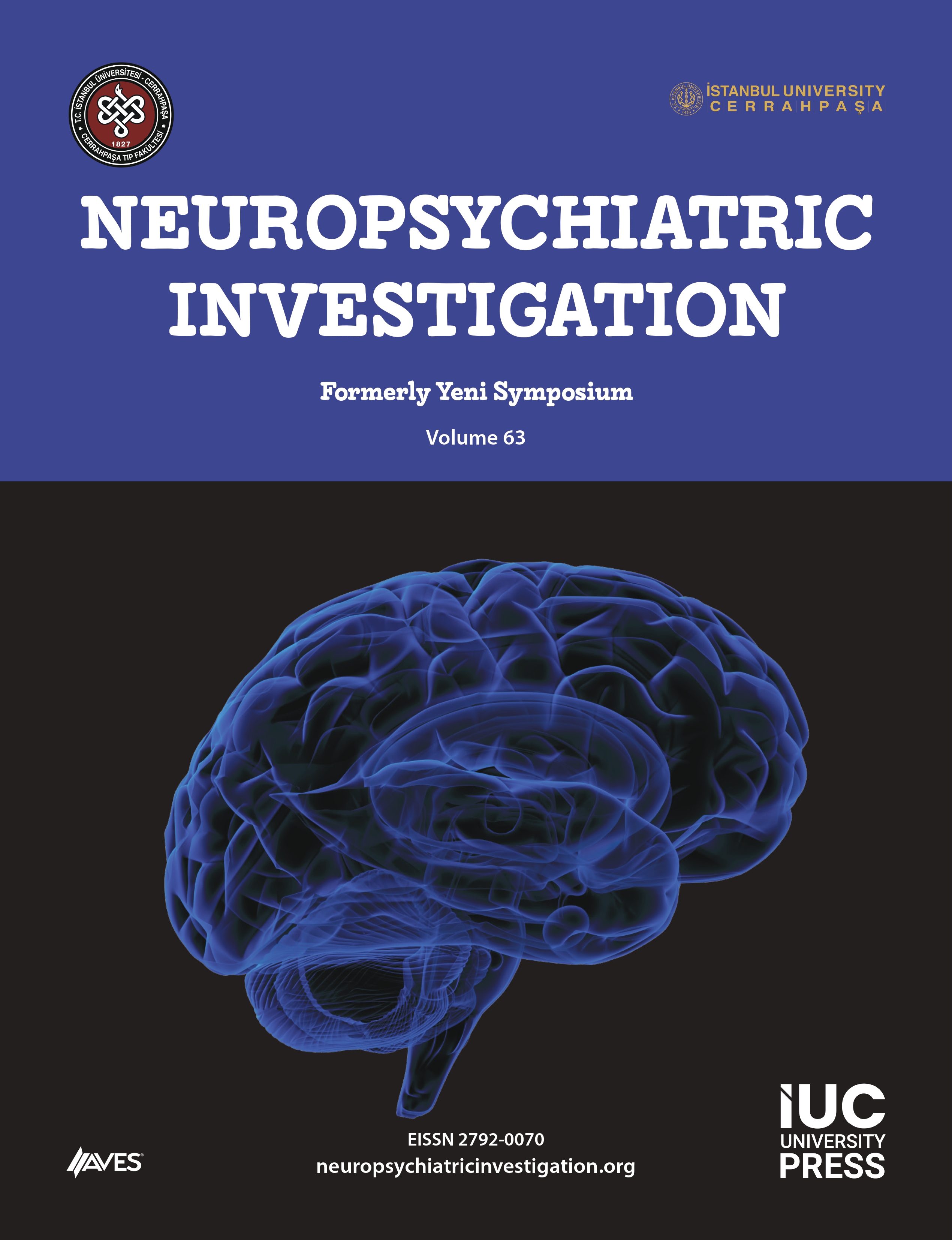Objective: To ascertain the social determinant, associated factors, and suicidal risk of university students who were psychiatric outpatients at a university hospital in southern Thailand, 6 months following the copycat suicide crisis among Thai university students in 2019.
Methods: This time-series cross-sectional study was conducted 6 months after the crisis of copycat suicides among Thai university students. Psychiatric outpatients who were university students and accessed the service at the Prince of Songkla University Hospital in September 2019 were recruited, and their clinical data were collected, including the Thai version of suicide screening test (8Q score) through the hospital database system. R software was then used to conduct descriptive data and logistic regression analyses.
Results: Of the 42 university students, the majority (92.9%) were Thai, Buddhist (85.7%), and female (61.9%). The main psychiatric diagnoses among them were depressive disorders (59.5%). Only physical comorbidities (10.5%) were significantly less than 6 months prior according to statistics (10.5/5) (P = .029). Most university students were at a lower risk of suicide (31.0%) with an insignificantly decreased mean score (6.5 [0-12.5]) and median (interquartile range) of suicide risk (10.1 ± 13.1) within 6 months (P=.25). Moreover, no factors were found associated with suicidal risk among university students, 6 months following the crisis of mimic suicide in March 2019.
Conclusion: Suicidal ideation among Thai university students decreased over 6 months following the copycat suicides in March 2019 and was not statistically significant. Thus, the effect of imitative suicidal behaviors may not have considerably reduced in 6 months. Moreover, no associated factors of suicidal ideation were found 6 months following the copycat suicides nationwide.
Cite this article as: Jatchavala C, Wiwattanaworaset P. A study on suicidality from a university hospital: Six following the crisis of copycat suicide among Thai university students in 2019. Neuropsychiatr Invest. 2021;59(1):14-20.




.png)